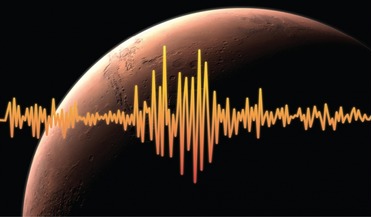 August 2018
Measuring the pulse of Mars
August 2018
Measuring the pulse of Mars
... to an earthquake; the aptly named Marsquake. These pulses or waves are of immense scientific interest as they help scientists to scan...layer recedes, has been calculated from seismic waves. On Earth, these waves are caused primarily by the movement of...
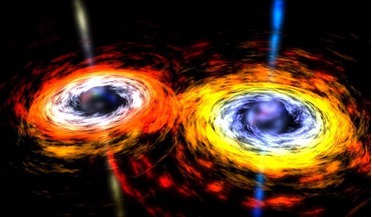 23 February 2016
Researchers probe black-hole mergers with fast-powered winds
23 February 2016
Researchers probe black-hole mergers with fast-powered winds
... marking the beginning of a new era in gravitational wave astronomy. "LIGO has just proved that binary black ... of months-to-years after the detection of an initial gravitational wave signal. Although the team focused on the emission associated with...
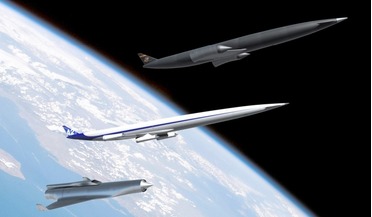 November 2017
Delivering a revolutionary reduction in space launch costs
November 2017
Delivering a revolutionary reduction in space launch costs
... and ESA’s Ariane 6, are also part of this wave of new launcher development and will also deliver significant extra ...together with increased reliability and lower costs. This unprecedented wave of private and public led launcher development is leading...
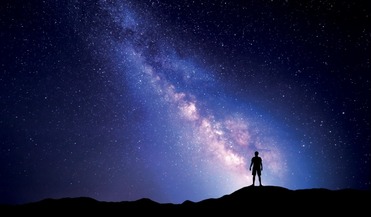 November 2017
Radiation protection for space colonists and travellers
November 2017
Radiation protection for space colonists and travellers
... the lowest end of photonic radiation energy are radio waves, microwaves and visible light. These are referred to ... radiation would be photonic and in the wavelength of radio waves and microwaves, and possibly visible light causing a ‘Northern lights...
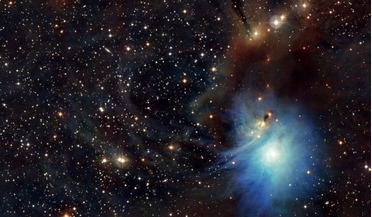 March 2018
Exploring the extreme universe
March 2018
Exploring the extreme universe
... detectable with our observatory. The expected detection rate of electromagnetic emission by e-ASTROGAM in coincidence with a gravitational wave event detection is between two and nine events a year. e-ASTROGAM’s large field of view will maximise the...
 August 2020
Revisiting the Drake Equation - a cultural addendum
August 2020
Revisiting the Drake Equation - a cultural addendum
... with Project Ozma used the National Radio Astronomy Observatory’s 85-foot radio telescope to detect interstellar radio waves. This groundbreaking SETI (Search for Extraterrestrial Intelligence) experiment was launched by Frank Drake, who created the...